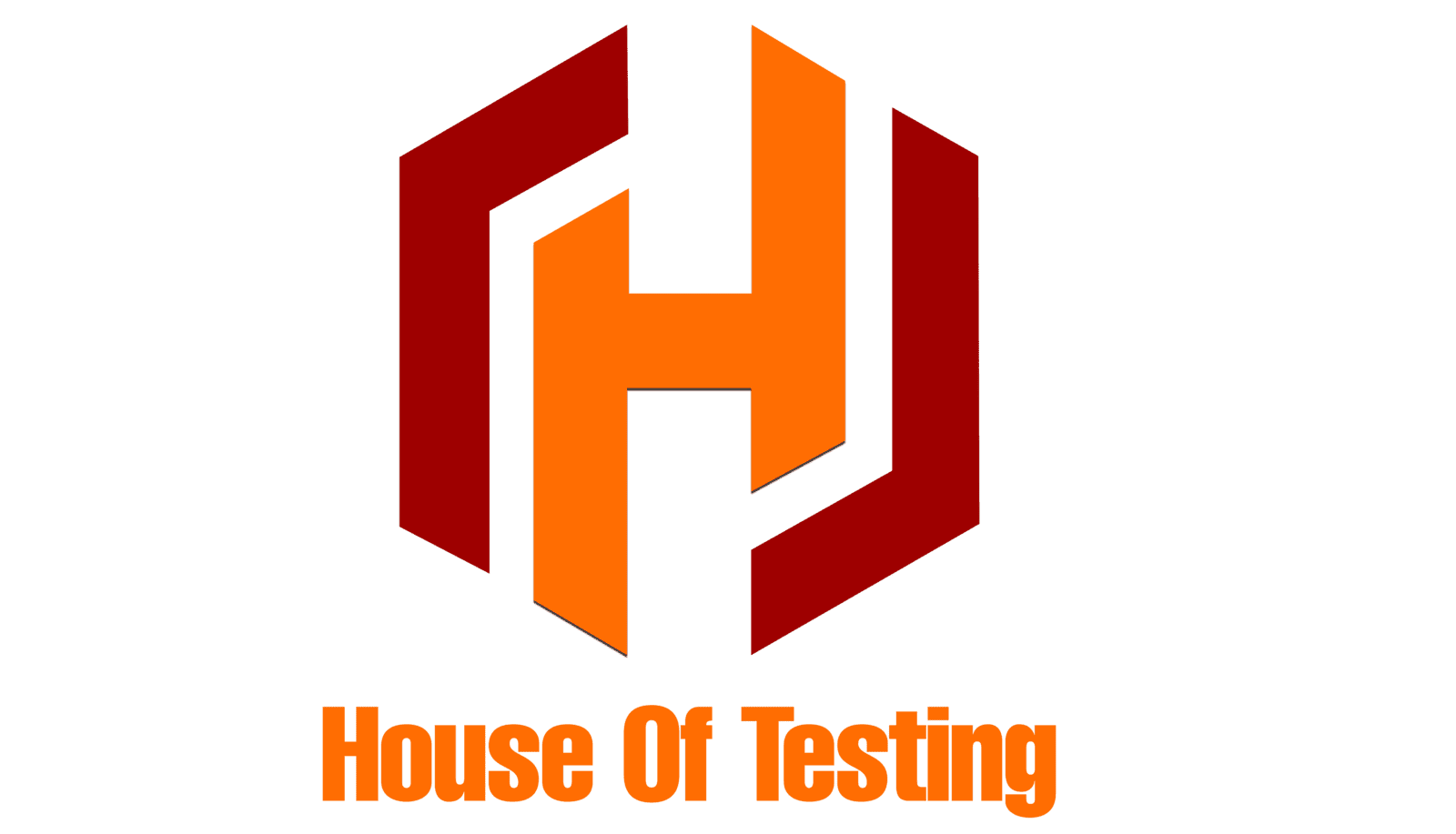LED Modules
The House of Testing Lab provides well-established testing facilities for Lamps, Luminaries and Accessories such as Lamps Control-Gear For LED Module, Self Ballasted LED Lamp, Flood Lights, LED Modules, Hand Lamps and so on. Our lab is BIS-approved under its CRS (Compulsory Registration Scheme) to test these products for Indian certification. We are also NABL accredited and recognized by the Bureau of Energy Efficiency in India.
At House of Testing, we understand the importance of adherence to standards. Our experienced technicians follow the prescribed protocols to conduct the tests. Partnering with House of Testing offers several benefits. Our laboratory is equipped with cutting-edge testing equipment and facilities, enabling us to deliver accurate and reliable results efficiently. Our team of experts brings years of experience in the field, ensuring the highest level of professionalism and expertise throughout the testing process.
Scopes & Testing
LED Modules
Testing LED modules is an essential part of ensuring their quality, performance, and reliability. Here are some common tests conducted on LED modules:
1) Visual Inspection: A visual inspection is the first step in testing LED modules. It involves examining the modules for any physical defects, such as damaged components, soldering issues, or incorrect placement of LEDs.
2) Electrical Testing: Various electrical tests are performed to check the functionality of LED modules. These tests include:
- • Forward Voltage Test: Measures the voltage required to turn on an LED.
- • Reverse Voltage Test: Checks the LED's ability to withstand reverse voltage.
- • Current Test: Measures the current flowing through the LED at a specific voltage.
- • Power Test: Determines the power consumption of the LED module.
3) Luminous Flux Measurement: This test measures the total amount of visible light emitted by the LED module in lumens. It ensures that the module produces the specified amount of light.
4) Color Quality and Color Temperature Test: LEDs come in different colors and color temperatures. Testing ensures that the LED module produces the desired color and meets the required color temperature specifications.
5) Thermal Testing: LED modules generate heat during operation, which can affect their performance and lifespan. Thermal testing helps evaluate the module's ability to dissipate heat properly and prevent overheating.
6) Environmental Testing: This involves subjecting the LED modules to various environmental conditions, such as temperature extremes, humidity, vibration, and shock, to assess their reliability in harsh operating conditions.
7) Lifetime and Reliability Testing: LED modules should undergo accelerated aging tests to estimate their lifespan under real-world operating conditions. This test helps manufacturers provide estimated lifetime ratings for their products.
8) Water and Dust Resistance Test: If the LED modules are designed for outdoor or wet environments, they should undergo tests to ensure they are adequately protected against water and dust ingress.
9) EMI/EMC Testing: Electromagnetic Interference (EMI) and Electromagnetic Compatibility (EMC) tests are conducted to ensure that the LED modules do not emit harmful interference or are not affected by external electromagnetic fields.
10) Photometric Distribution Test: This test measures and analyzes the light distribution pattern of the LED module to ensure it meets the intended lighting requirements.
11) Electrical Safety Testing: LED modules should comply with electrical safety standards to ensure they do not pose any hazards to users or the electrical system.
It's important to note that the specific tests required for LED modules may vary depending on the application and intended use. Manufacturers often have their own testing procedures to ensure the quality and performance of their LED modules.
PRODUCTS
- • LED Modules
STANDARDS
- • IS 16103(part 1):2012
TESTS
- • Cap Temperature Rise Test
- • Interchangeability Testing
- • Torsion Testing
- • Vibration Testing
- • Mechanical Strength Testing
- • Resistance to heat fire and Tracking.
- • Fault Condition Testing
- • Thermal Endurance for Ballast
As the demand for LED flood lights continues to grow, it is imperative for manufacturers and suppliers to meet stringent quality and safety standards. House of Testing, with its expertise and cutting-edge testing facilities, plays a vital role in certifying the compliance and performance of LED flood lights as per IS 10322 Part 5 Section 5. Our comprehensive testing procedures provide manufacturers and customers alike with the confidence that LED flood lights from our accredited laboratory meet the highest standards of quality, safety, and performance.
At House of Testing, we are committed to supporting the lighting industry by ensuring that LED flood lights meet the necessary requirements for reliable and efficient operation. By partnering with us for testing and certification, manufacturers can showcase the quality and compliance of their LED flood lights, gaining a competitive edge in the market while assuring customers of a superior lighting experience.



